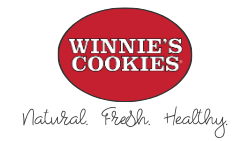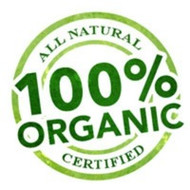Do You Know What Your Pets Are Eating?
5th Dec 2023
Just like foods meant for humans, pet foods feature labeling that can be downright tricky to understand. Although you might see labels on pet foods and treats that state "organic ingredients," the product may not actually be a certified organic pet food. Naturally, when feeding your horse or other pets, you want to ensure that you're feeding them the healthiest foods available. By understanding what labels and their terms mean, you can better assess what's actually going into your pet's food.
Organic VS Certified Organic
Essentially, if you want to feed your pet an organic diet, you need to stick with products that are "certified organic." Manufacturers of pet foods and treats cannot apply this term to their packaging until the products have passed rigorous requirements to be deemed certified organic. Each product must meet or exceed the certification standards in order to qualify as 100% organic. If you see packaging that states "organic ingredients" without the certification, the product likely does not contain more than 70% organic ingredients and has not been certified as an organic product. If the package you're looking at simply says "organic," it contains 95% organic ingredients, but still cannot wear the certified label unless it has the 100% rating and meets government standards for certified organic.
Understanding the Concept of Organic
Organic pet foods are important to pet owners, because they do not contain genetically modified ingredients. In addition, the ingredients have not been treated to ionizing radiation, pesticides, sewage sludge, or synthetic fertilizers. The organic movement is certainly popular among people who want to ensure that they maintain a healthy diet made up of foods that have not been compromised by potentially unsafe production methods. Not surprisingly, many people prefer to provide their horses, dogs, cats or other pets with organic foods to in order to ensure their diets are also as healthful as possible.
Human Grade Food for Pets
More frequently, pet owners are seeing labels on pet foods that read "human grade" as if to suggest that the ingredients, if fit for humans, are certainly fit for pets. Be very skeptical of this label for this reason: the term hasn't been defined by American Feed Control Officials. So in other words, manufacturers can use this term freely because no guidelines are as yet defined.
It's also important to note that pet grade foods do not meet the standards for foods manufactured for human consumption. Because standards are inferior, many pet foods only meet a minimum for safety and quality. This is why many pet food makers are applying the "human grade" tag on their products--to let customers know that they are trying to go above and beyond the minimum. Until this label is legally defined, however, it may not mean what pet owners hope it means.
Natural Food Guidelines
Pet owners want to see the "natural ingredients." When it comes to human food, "natural" is one of those tricky terms that has no official definition with government regulators so it can be used at will. Technically, "natural" is defined as applied to pet foods. For a pet food to label to read “natural, the ingredients must be derived from plant or animal sources and have nothing synthetic in their makeup.
Do your research on a few different brands to find out more about their processing methods and the ingredients they use before you buy them for your pet. Buying pet food can be tricky, but if you stick to the certified organic label, you can be assured that the product has passed strict standards for certification and is 100% organic. Your pet deserves the best. Don’t be fooled by gimmicks and buzz words on foods with high price tags. The more you know, the better your pet will feel.

